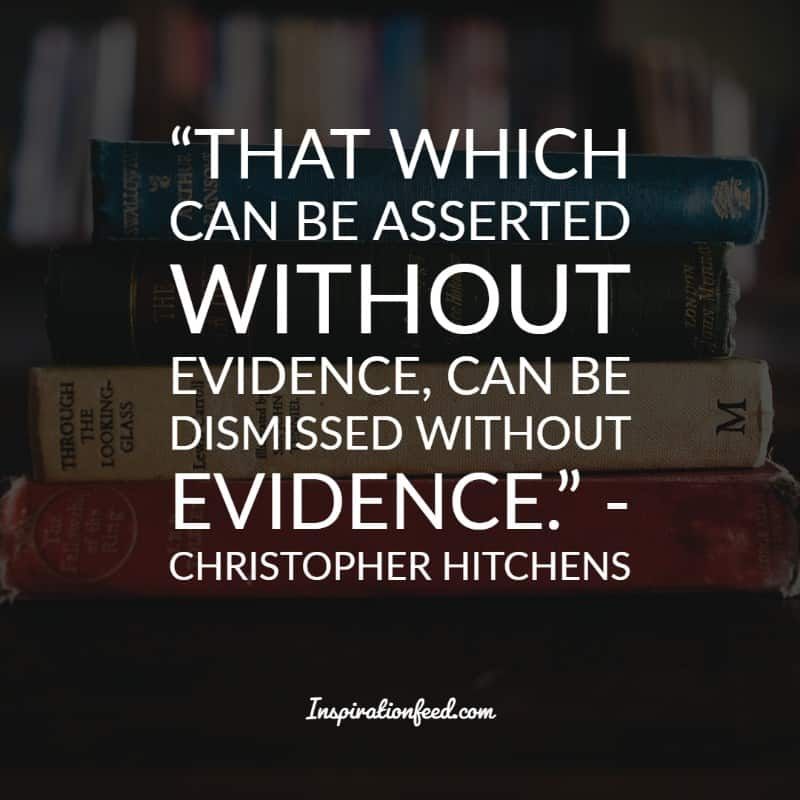
January 14, 2021
Winning with Client Relationships
Early in my career I was in the CRM business - before it was called Customer Relationship Management. Then it was called TES for Technology Enabled Selling, followed by SFA for Sales Force Automation. My observation and work with clients in implementing these systems to drive revenue growth is that along the way with the acronym changes, the real purpose and value of the systems lost their way as well.
I was interviewed by Harvard Business Review for their new research paper Winning with Client Relationships (which you can read HERE). The paper, sponsored by Salesforce, digs into how CRM systems can be used to harness top- and bottom-line growth. Here are a few of my contributions excerpted from the research paper:
Regarding filling the sales funnel:
“For Scott Edinger, founder of Edinger Consulting, this process [of filling the sales funnel] begins with identifying the right targets. This task is crucial to the acquisition or expansion of business. ‘Consultants need to ask critical strategic questions around which clients they are going to target in the marketplace and whether they have a pursuit plan for each of them,’ he says. Furthermore, for Edinger, the strength of any following engagement begins in this sales process.”
Regarding the significance of the sales experience and strategy:
“’The sales process and the sales experience that you design and deliver has to be a compelling one; you need to identify who is making the decision, who is influencing the decision, and then guide the interaction to the next stage of uncovering and developing needs, objectives, and opportunities,’ he says. ‘If consultants don’t pay attention—and devote resources—to the early stages of the sales process, then opportunities fall out of the pipeline.’
Additionally, Edinger believes that firms may experience roadblocks in executing their strategy, precisely because the early part of the sales process is not viewed as a strategic exercise. ‘If your firm has invested tens of millions of dollars in new capabilities and new offerings and you’re struggling to get traction on them, don’t look at the late stages of relationship management. That’s not where it happens. That lack of strategy happens early.’”
Regarding Driving Impact:
“Firms can continue to drive impact by focusing on the underlying relationships with their clients, and by tailoring their CRM systems to give visibility to these relationships, and better understand and support them. For Edinger, this has to be tied back to sales and to investing in the client relationship—before it has even begun. ‘Most corporate strategies for growth succeed or fail in every sales call. If you don’t get the first stage right, no relationship can grow from this. CRM is a valuable tool for driving strategy execution in every single interaction.’”
If you have further interest in this topic, you may find an article I wrote in 2018 (which can be read HERE) to be of value as you consider how to leverage your technology investments in sales.
Beware of Claims That Something is Not Rocket Science
Every now and then, I’ll hear an executive say, “It’s not rocket science!” when discussing a problem in their business. The problem they’re referring to may be related to strategy, revenue growth, or a challenging operational issue, and while these topics are certainly not rocket science, the implication of this response is that the problem shouldn’t be difficult to resolve. That assumption often turns out to be false.
Reducing complexity is terrific, but I’ve seen leaders go too far and cross the line from simplifying a strategy or an approach to being simplistic. When that happens, you eliminate the subtlety and nuance which is frequently what’s required to achieve the desired results. It’s akin to saying that making money in the stock market isn’t rocket science, just buy low and sell high. And I think most of you know how tough that can be.
A problem being simple to understand does not mean it’s easy to solve. So, if something truly doesn’t appear difficult, it’s important for leaders to understand why their team or organization are struggling with a problem.
Current Read:
Speaking of sales processes and structures, IBM recently outlined their endeavor to simplify the way its customers interact with its sales teams, driven by a strategic plan to grow revenue. The article highlights how the simplification intends to better serve the organization’s customers, and is an example of how the high-level strategy of sales processes can be used to improve sales results:
IBM Simplifies Structure of Sales Team - WSJ
Final Thought: When Do You Stop Saying Happy New Year?
I had a conversation with a client a few years ago that I think about every January. He told me that someone had wished him “Happy New Year!” in late January – which struck him as odd. In recounting this to me, he said, “What other holiday do you acknowledge weeks or, in this case, nearly a month after? Do you ever hear anyone wish you a Happy 4th of July after the fact? Valentine’s Day? Memorial Day?” I laughed - he made a good point. So when should you stop? When I ask, some people will say they think a “Happy New Year” is only reasonable the first week of the year. Someone else said they think it’s fine, so long as it’s the first time I’m talking with you. When I replied, “What if it’s the first time we talk and its mid-February?”, they amended their answer to the first time we talk within the month of January. Another client told me they think a good rule is Martin Luther King, Jr. Day (which is January 18th this year) which has the added benefit of being the first federal holiday since the new year began. What's your approach? Are you still starting emails and conversations with Happy New Year this week?
Forgive me if this sounds a bit Andy Rooney-ish or more modern, Seinfeld-esque. I’ve been thinking about this odd cultural norm for years!
Quotable:
With all of the claims being made in the political arena on both sides of the spectrum, I thought about this quotation which I keep close to my desk.


